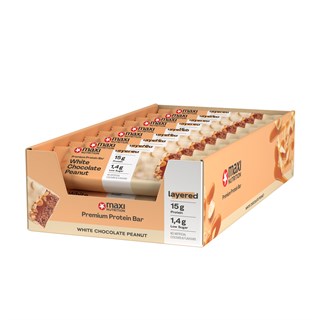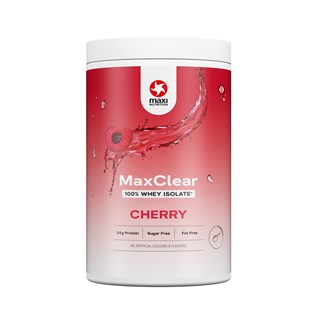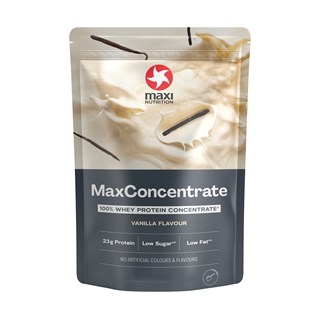Want to know how a foam roller benefits recovery? We’re on-hand to help you understand the sometimes painful process of using a foam roller, and the how and why. The process is a technique that leverages self-myofascial release (SMR), but how does it work?
How a foam roller works
When you use a foam roller, you’re using your own body mass as pressure on a sore area. Your connective tissues in that area provide support and protection – but can become fatigued and restricted by overuse and trauma. When this happens, inflammation occurs, which can thicken the tissue and cause pain. A foam roller routine helps increase range of motion in these tissues, which in turn helps prevent them from getting inflamed.
Foam rolling benefits
Targets specific areas: SMR is a great way to release muscle tightness. One of the most immediate benefits is that it’s one of the few ways to perform deep tissue massage in a specific, targeted location where the person doing the rolling is controlling the healing and recovery process.
Increases blood flow: SMR increases blood flow to specific areas you’ve targeted, which helps promote oxygen delivery to that area. In turn, this helps your body perform, since oxygen is demanded by workouts in order to break down glucose and create the muscle fuel known as ATP.
Increases range of motion: Perhaps the most notable benefit of foam rolling is increasing the range of motion in your muscles by stretching and lengthening the connective tissues – this helps aid the natural recovery process but also makes you more flexible and less likely to encounter strain during subsequent workouts.
Decrease downtime: Because foam rolling or SMR helps promote blood flow and increases your range of motion, it means you spend less time recovering between workouts. The increased blood flow will boost your ability to recover and the increased range of movement (ROM) will allow you to push your muscles more each workout.
Allows you to control the pressure: Sports massages and other treatments aren’t self-administered. During a foam rolling session, you’ll be able to decide exactly how much pressure to put on the affected area.
Helps break up scar tissue: Your foam rolling routine puts pressure on your fascia, which helps release trigger points and relieve pain. The process helps with pain such as IT band syndrome and shin splints to help clear up the problems that are brought on by tight muscles.
Decreases lactic acid build up: After hard exercise, a muscle can be filled with lactic acid. A post-workout massage can help to break it down within the muscle tissue.
Mistakes to avoid
If you want all of the benefits but none of the problems, you’ll need to avoid making some of these common foam rolling mistakes.
- Don’t use a foam roller on your lower back as this can cause problems for your spine. Instead, only use it on your upper body until the end of your ribcage.
- Rolling too fast means your muscles won’t have time to adapt to the compression.
- Spending too long rolling one area. Spend 20-30 seconds on each area.
- Rolling directly on any painful area can be a bad idea as you might increase inflammation rather than encourage healing. Instead, try to roll a few inches away from the area with large, sweeping motions.
A foam roller is a great tool for recovery, but it’s not a miracle worker and is never a substitute for a physiotherapist or doctor. If you’ve got an injury, seek medical advice before you start using a foam roller.






















